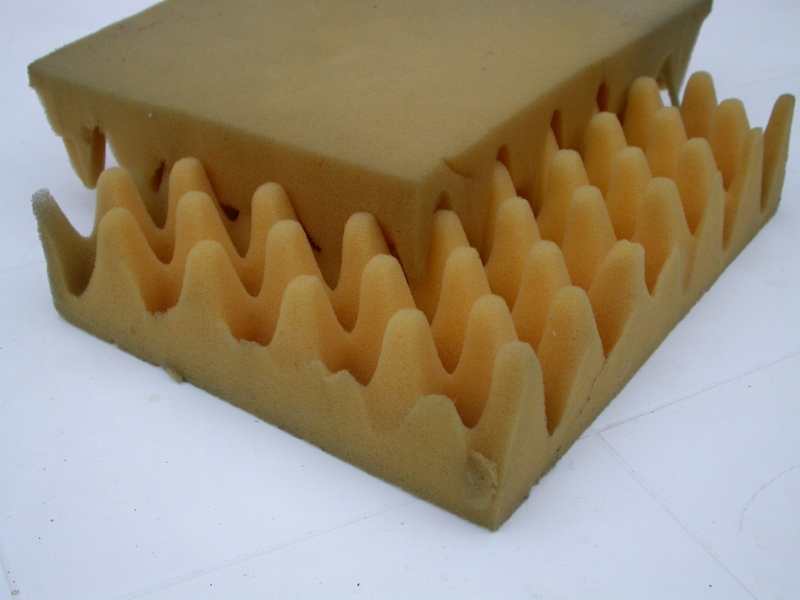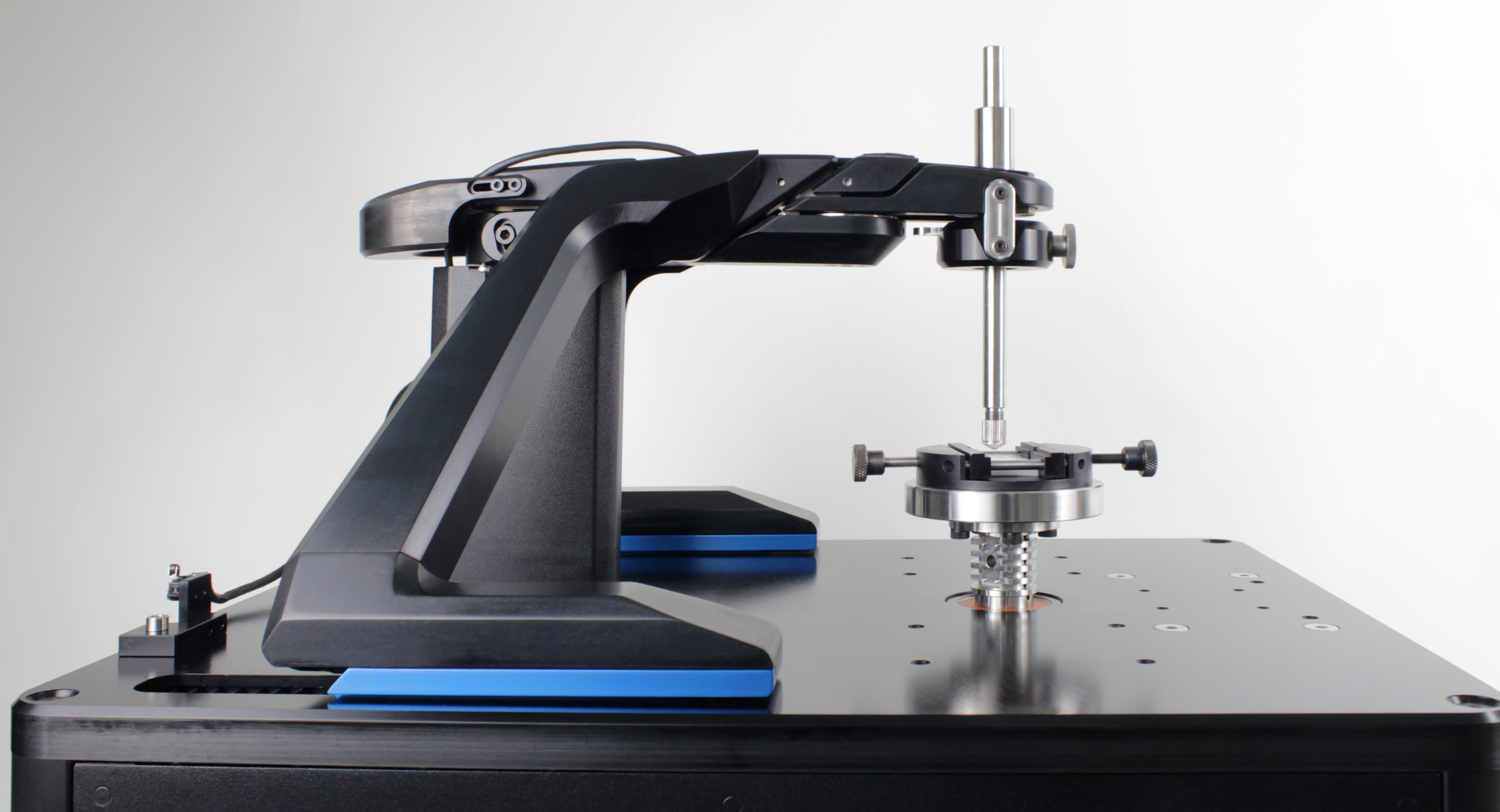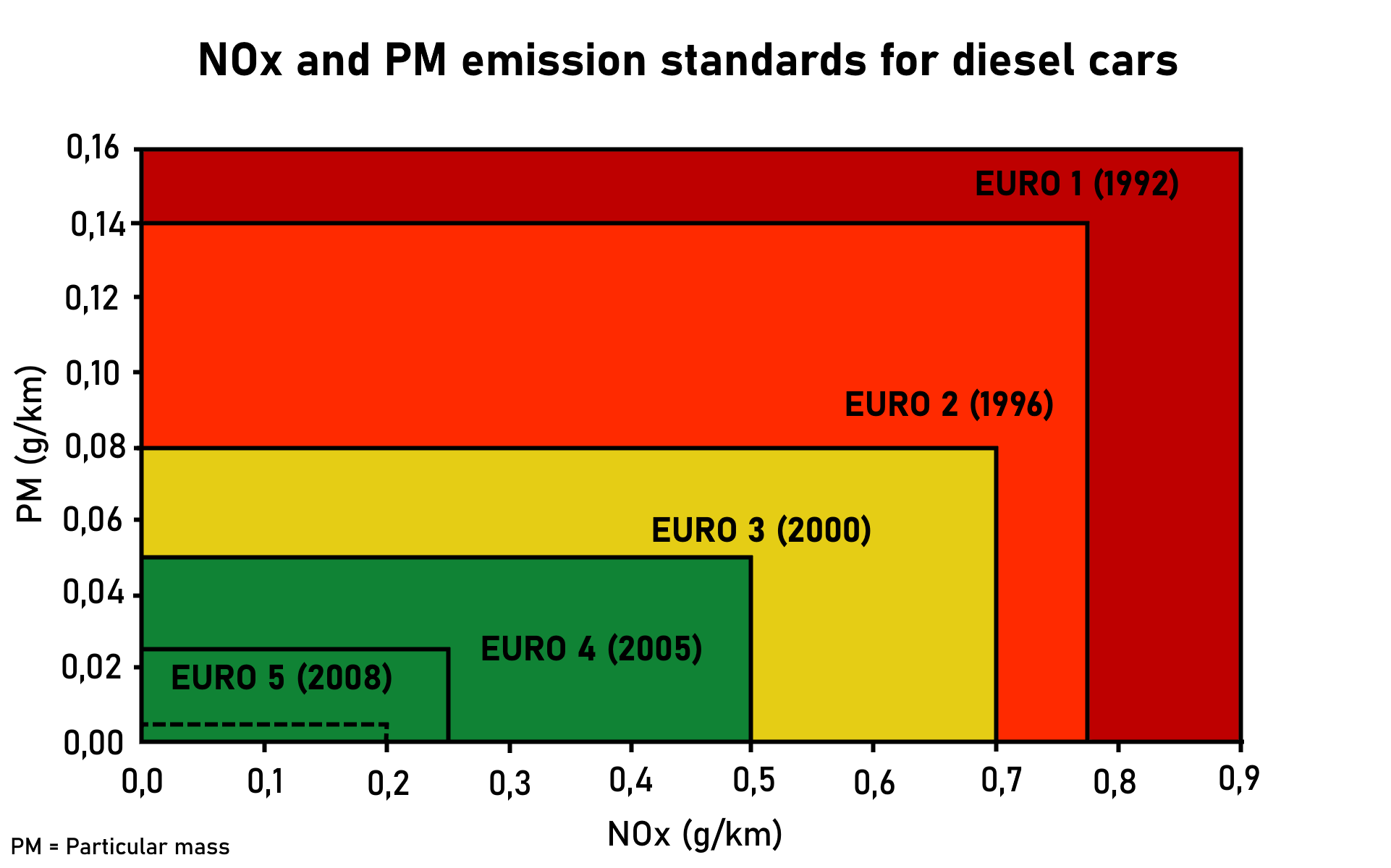|
Lubricity
Lubricity is the measure of the reduction in friction and/or wear by a lubricant. The study of lubrication and wear mechanisms is called tribology. Measurement of lubricity The lubricity of a substance is not a material property, and cannot be measured directly. Tests are performed to quantify a lubricant's performance for a specific system. This is often done by determining how much wear is caused to a surface by a given wear-inducing object in a given amount of time. Other factors such as surface size, temperature, and pressure are also specified. For two fluids with the same viscosity, the one that results in a smaller wear scar is considered to have higher lubricity. For this reason, lubricity is also termed a substance's ''anti-wear property''. Examples of tribometer test setups include "Ball-on-cylinder" and "Ball-on-three-discs" tests. Lubricity in diesel engines In a modern diesel engine, the fuel is part of the engine lubrication process. Diesel fuel naturally contains ... [...More Info...] [...Related Items...] OR: [Wikipedia] [Google] [Baidu] |
Superlubricity
In physics (specifically tribology), superlubricity is a regime of motion in which friction vanishes or very nearly vanishes. What is a "vanishing" friction level is not clear, which makes the term quite vague. As an ''ad hoc'' definition, a kinetic coefficient of friction less than 0.01 can be adopted. This definition also requires further discussion and clarification. Superlubricity may occur when two crystalline surfaces slide over each other in dry incommensurate contact. This effect, also called structural lubricity, was suggested in 1991 and verified with great accuracy between two graphite surfaces in 2004. The atoms in graphite are oriented in a hexagonal manner and form an atomic hill-and-valley landscape, which looks like an egg-crate. When the two graphite surfaces are in registry (every 60 degrees), the friction force is high. When the two surfaces are rotated out of registry, the friction is greatly reduced. This is like two egg-crates which can slide over each o ... [...More Info...] [...Related Items...] OR: [Wikipedia] [Google] [Baidu] |
Lubricant
A lubricant (sometimes shortened to lube) is a substance that helps to reduce friction between surfaces in mutual contact, which ultimately reduces the heat generated when the surfaces move. It may also have the function of transmitting forces, transporting foreign particles, or heating or cooling the surfaces. The property of reducing friction is known as lubricity. In addition to industrial applications, lubricants are used for many other purposes. Other uses include cooking (oils and fats in use in frying pans, in baking to prevent food sticking), bioapplications on humans (e.g. lubricants for artificial joints), ultrasound examination, medical examination, and sexual intercourse. It is mainly used to reduce friction and to contribute to a better and efficient functioning of a mechanism. History Lubricants have been in some use for thousands of years. Calcium soaps have been identified on the axles of chariots dated to 1400 BC. Building stones were slid on oil-impregrated lumb ... [...More Info...] [...Related Items...] OR: [Wikipedia] [Google] [Baidu] |
Friction
Friction is the force resisting the relative motion of solid surfaces, fluid layers, and material elements sliding against each other. There are several types of friction: *Dry friction is a force that opposes the relative lateral motion of two solid surfaces in contact. Dry friction is subdivided into ''static friction'' ("stiction") between non-moving surfaces, and ''kinetic friction'' between moving surfaces. With the exception of atomic or molecular friction, dry friction generally arises from the interaction of surface features, known as asperities (see Figure 1). *Fluid friction describes the friction between layers of a viscous fluid that are moving relative to each other. *Lubricated friction is a case of fluid friction where a lubricant fluid separates two solid surfaces. *Skin friction is a component of drag, the force resisting the motion of a fluid across the surface of a body. *Internal friction is the force resisting motion between the elements making up a so ... [...More Info...] [...Related Items...] OR: [Wikipedia] [Google] [Baidu] |
Tribology
Tribology is the science and engineering of interacting surfaces in relative Motion (physics), motion. It includes the study and application of the principles of friction, lubrication and wear. Tribology is highly interdisciplinary, drawing on many academic fields, including physics, chemistry, materials science, mathematics, biology and engineering. People who work in the field of tribology are referred to as ''tribologists''. The fundamental objects of study in tribology are tribosystems, which are physical systems of contacting surfaces. In lubricated tribosystems, contact stress can create tribofilms. Subfields of tribology include biotribology, nanotribology, space tribology and tribotronics. Etymology The word ''tribology'' derives from the Ancient Greek, Greek root τριβ- of the verb , ''wiktionary:tribo-, tribo'', "I rub" in classic Greek, and the suffix ''-logy'' from , ''wiktionary:-logia, -logia'' "study of", "knowledge of". Peter Jost coined the word in 1966, in t ... [...More Info...] [...Related Items...] OR: [Wikipedia] [Google] [Baidu] |
Ultra-low Sulfur Diesel
Ultra-low-sulfur diesel (ULSD) is diesel fuel with substantially lowered sulfur content. Since 2006, almost all of the petroleum-based diesel fuel available in Europe and North America has been of a ULSD type. The move to lower sulfur content allows for the application of advanced emissions control technologies that substantially lower the harmful emissions from diesel combustion. Testing by engine manufacturers and regulatory bodies have found the use of emissions control devices in conjunction with ULSD can reduce the exhaust output of ozone precursors and particulate matter to near-zero levels. In 1993 the European Union began mandating the reduction of diesel sulfur content and implementing modern ULSD specifications in 1999. The United States started phasing in ULSD requirements for highway vehicles in 2006, with implementation for off-highway applications, such as locomotive and marine fuel, beginning in 2007. Lubricity Sulfur is not a lubricant in and of itself, but it ... [...More Info...] [...Related Items...] OR: [Wikipedia] [Google] [Baidu] |
Tribology
Tribology is the science and engineering of interacting surfaces in relative Motion (physics), motion. It includes the study and application of the principles of friction, lubrication and wear. Tribology is highly interdisciplinary, drawing on many academic fields, including physics, chemistry, materials science, mathematics, biology and engineering. People who work in the field of tribology are referred to as ''tribologists''. The fundamental objects of study in tribology are tribosystems, which are physical systems of contacting surfaces. In lubricated tribosystems, contact stress can create tribofilms. Subfields of tribology include biotribology, nanotribology, space tribology and tribotronics. Etymology The word ''tribology'' derives from the Ancient Greek, Greek root τριβ- of the verb , ''wiktionary:tribo-, tribo'', "I rub" in classic Greek, and the suffix ''-logy'' from , ''wiktionary:-logia, -logia'' "study of", "knowledge of". Peter Jost coined the word in 1966, in t ... [...More Info...] [...Related Items...] OR: [Wikipedia] [Google] [Baidu] |
Wear
Wear is the damaging, gradual removal or deformation of material at solid surfaces. Causes of wear can be mechanical (e.g., erosion) or chemical (e.g., corrosion). The study of wear and related processes is referred to as tribology. Wear in machine elements, together with other processes such as fatigue and creep, causes functional surfaces to degrade, eventually leading to material failure or loss of functionality. Thus, wear has large economic relevance as first outlined in the Jost Report. Abrasive wear alone has been estimated to cost 1-4% of the gross national product of industrialized nations. Wear of metals occurs by plastic displacement of surface and near-surface material and by detachment of particles that form wear debris. The particle size may vary from millimeters to nanometers. This process may occur by contact with other metals, nonmetallic solids, flowing liquids, solid particles or liquid droplets entrained in flowing gasses. The wear rate is affected by f ... [...More Info...] [...Related Items...] OR: [Wikipedia] [Google] [Baidu] |
Tribometer
A tribometer is an instrument that measures Tribology, tribological quantities, such as coefficient of friction, friction force, and wear volume, between two surfaces in contact. It was invented by the 18th century Netherlands, Dutch scientist Pieter van Musschenbroek, Musschenbroek A tribotester is the general name given to a machine or device used to perform tests and simulations of wear, friction and lubrication which are the subject of the study of tribology. Often tribotesters are extremely specific in their function and are fabricated by manufacturers who desire to test and analyze the long-term performance of their products. An example is that of Implant (medicine), orthopedic implant manufacturers who have spent considerable sums of money to develop tribotesters that accurately reproduce the motions and forces that occur in human hip joints so that they can perform accelerated wear tests of their products. Theory A simple tribometer is described by a hanging mass and ... [...More Info...] [...Related Items...] OR: [Wikipedia] [Google] [Baidu] |
Diesel Engine
The diesel engine, named after Rudolf Diesel, is an internal combustion engine in which ignition of the fuel is caused by the elevated temperature of the air in the cylinder due to mechanical compression; thus, the diesel engine is a so-called compression-ignition engine (CI engine). This contrasts with engines using spark plug-ignition of the air-fuel mixture, such as a petrol engine (gasoline engine) or a gas engine (using a gaseous fuel like natural gas or liquefied petroleum gas). Diesel engines work by compressing only air, or air plus residual combustion gases from the exhaust (known as exhaust gas recirculation (EGR)). Air is inducted into the chamber during the intake stroke, and compressed during the compression stroke. This increases the air temperature inside the cylinder to such a high degree that atomised diesel fuel injected into the combustion chamber ignites. With the fuel being injected into the air just before combustion, the dispersion of the fuel is une ... [...More Info...] [...Related Items...] OR: [Wikipedia] [Google] [Baidu] |
Diesel Fuel
Diesel fuel , also called diesel oil, is any liquid fuel specifically designed for use in a diesel engine, a type of internal combustion engine in which fuel ignition takes place without a spark as a result of compression of the inlet air and then injection of fuel. Therefore, diesel fuel needs good compression ignition characteristics. The most common type of diesel fuel is a specific fractional distillate of petroleum fuel oil, but alternatives that are not derived from petroleum, such as biodiesel, biomass to liquid (BTL) or gas to liquid (GTL) diesel are increasingly being developed and adopted. To distinguish these types, petroleum-derived diesel is sometimes called petrodiesel in some academic circles. In many countries, diesel fuel is standardised. For example, in the European Union, the standard for diesel fuel is EN 590. Diesel fuel has many colloquial names; most commonly, it is simply referred to as ''diesel''. In the United Kingdom, diesel fuel for on-road use is c ... [...More Info...] [...Related Items...] OR: [Wikipedia] [Google] [Baidu] |
European Emission Standards
The European emission standards are vehicle emission standards for pollution from the use of new land surface vehicles sold in the European Union and EEA member states and the UK, and ships in EU waters. The standards are defined in a series of European Union directives staging the progressive introduction of increasingly stringent standards. , the standards do not include non-exhaust emissions such as particulates from tyres and brakes. Details of Euro 7 have been postponed to 12 October 2022. Background In the European Union, emissions of nitrogen oxides (), total hydrocarbon (THC), non-methane hydrocarbons (NMHC), carbon monoxide (CO) and particulate matter (PM) are regulated for most vehicle types, including cars, trucks (lorries), locomotives, tractors and similar machinery, barges, but excluding seagoing ships and aeroplanes. For each vehicle type, different standards apply. Compliance is determined by running the engine at a standardised test cycle. Non-co ... [...More Info...] [...Related Items...] OR: [Wikipedia] [Google] [Baidu] |
Boundary Lubrication
Lubrication is the process or technique of using a lubricant to reduce friction and wear and tear in a contact between two surfaces. The study of lubrication is a discipline in the field of tribology. Lubrication mechanisms such as fluid-lubricated systems are designed so that the applied load is partially or completely carried by hydrodynamic or Hydrostatics, hydrostatic pressure, which reduces solid body interactions (and consequently friction and wear). Depending on the degree of surface separation, different lubrication regimes can be distinguished. Adequate lubrication allows smooth, continuous operation of machine elements, reduces the rate of wear, and prevents excessive stresses or seizures at bearings. When lubrication breaks down, components can rub destructively against each other, causing heat, local welding, destructive damage and failure. Lubrication mechanisms Fluid-lubricated systems As the load increases on the contacting surfaces, distinct situations can b ... [...More Info...] [...Related Items...] OR: [Wikipedia] [Google] [Baidu] |








